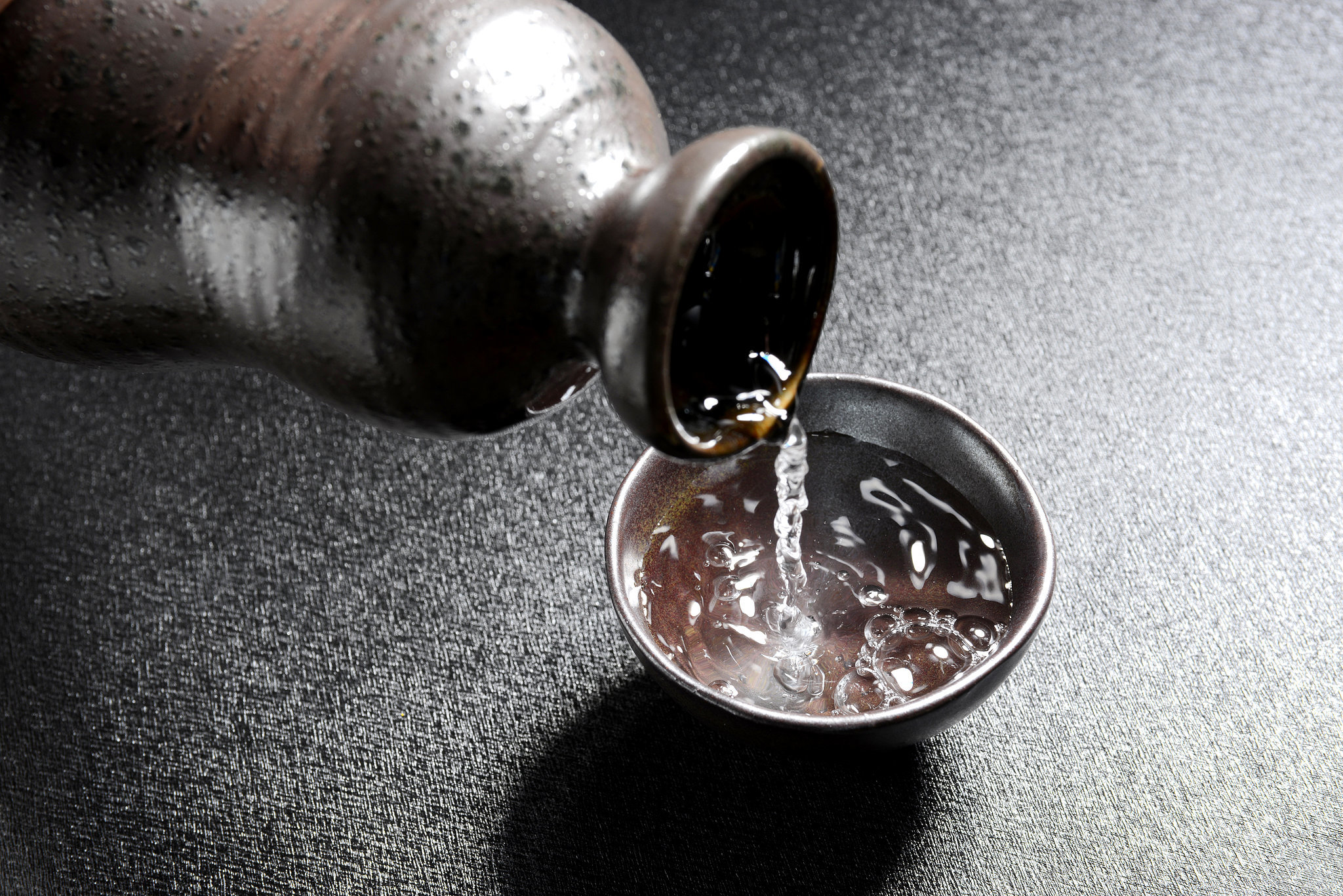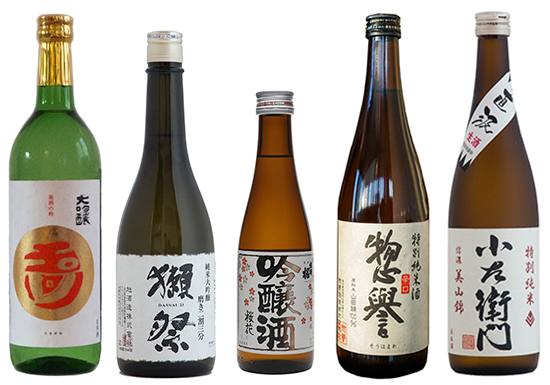
(Photo: Uwajimaya via http://www.uwajimaya.com/departments/detail/wine-and-sake)
Sake is an alcoholic beverage made from fermented rice. Originating from Japan, it is often referred to as nihonshu (???). The drink enjoys widespread popularity and is served at all types of restaurants and drinking establishments. As interest in Japanese cuisine has grown internationally, sake has started to become a trendy and recognisable drink around the world.
Foundations

(Photo: Time Travel Turtle via http://www.timetravelturtle.com/2013/04/sake-japanese-drink-food/)
The foundations of good sake are quality rice, clean water, koji mold and yeast. They are combined and fermented in precise processes that have been refined over the centuries. Typically filtered (although unfiltered products are also available), the resulting clear to slightly yellowish rice wines have an alcohol content of around 15 percent and relatively mild flavour profiles, ranging from light and crisp to richer, more substantial, fruity notes. Sake pairs well with almost any kind of food but compliments the delicate flavours of traditional Japanese meals particularly well.
Serving Sake

(Photo: Wine Language via http://www.winelanguage.sg/store/p4/Sake_Appreciation_Workshop.html)
Sake is served out of porcelain flasks that are known as Tokkuri. It is poured into small ceramic cups called Sakazuki or Choko. Chilled Sake may also be served from Wine Glasses.
Traditionally, Sake may also be served out of small wooden boxes – known as Masu, that is used to measure rice. The Cup may be placed inside the box and sake served in a cup.
Generosity is indicated when sake is poured in a manner that it fills both containers.
Sake may be served at room temperature, warm, hot or chilled. This is often determined by the season, the quality of the sake or the drinker’s preference. On cold days, you may prefer it warm and on warm and humid days, chilled sake would be more enjoyable.
Top quality sake is very seldom served hot, as the heat may cause loss of flavour and aroma. It is best to store bottles of sake in a cool, dark and dry area and it is best to finish an opened bottle.
Sakes @ Drink2Connect
Drink2Connect is one of the largest supplier of Japanese Sake in Singapore. If you are looking for premium Japanese sake, we are the right choice for you. Being dedicated to excellence we are committed to provide only the best products and services for all our customers.
Order now at www.drink2connect.com.sg.
For enquiries, whatsapp Cass Koh at 9635 3518
